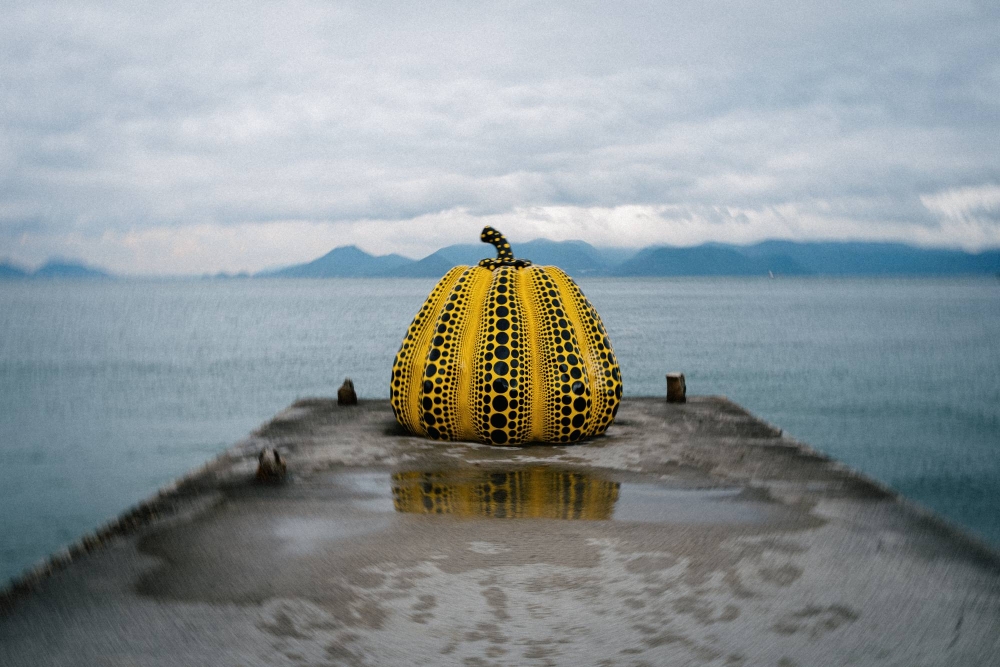In March last year, Maria Fernanda Cardoso flew from Sydney to Tokyo with her husband. They took a 10-hour flight, then a second hour-long flight, and then were driven to a town called Suzu at the tip of Ishikawa Prefecture, where they spent four days researching the area.
The artist flew home and put together a proposal for a new work. She told her producer in Japan that she needed tens of thousands of pine cones. No problem, came the reply. By the time she returned six months later, volunteers from Suzu had collected and processed 38,000 pine cones and seed pods from caltrop and camellia plants for “Seed Pod Time Capsule,” which debuted at the Oku-Noto Triennale in September. The volunteers were so gung-ho and organized that Cardoso finished the installation five days early. She took a few days off to drive around the mountains of Niigata Prefecture to see some art.
Cardoso was one of a handful artists who’d been flown to Japan to create site-specific artworks in a region facing rapid depopulation. But the third Oku-Noto, whose second edition had cost about half a billion yen, was imperiled even before it began: In May 2023, a magnitude 6.5 earthquake hit off the coast of Ishikawa, delaying the opening by three weeks. The festival ran from Sept. 23 to Nov. 12 and brought in 51,000 people.

